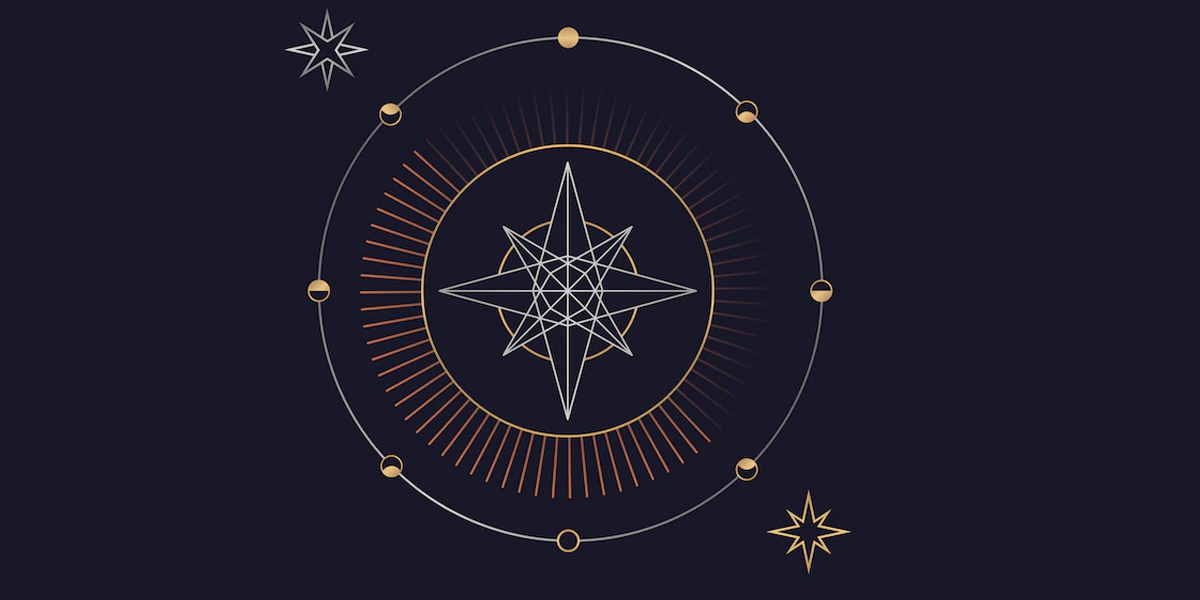

Lucid dreaming is a captivating state where dreamers become aware of their dreams while still in the dream. This unique cognitive ability opens the door to exploring the subconscious, fostering creativity and self-awareness. In this article, we delve into the mechanisms, history, and practical benefits of lucid dreaming, making it a subject worth exploring for anyone intrigued by the mysteries of the mind.
Understanding Lucid Dreaming
Understanding lucid dreaming opens a portal into the intricate relationship between consciousness and the dream state. At its core, lucid dreaming can be defined as a unique state of consciousness where the dreamer becomes aware that they are dreaming. This awareness allows for varying levels of cognitive control over the dream’s narrative, characters, and environment. While some lucid dreamers may choose to navigate their dreams with intentionality, others may simply savor the experience of knowing they are within a dream.
Lucid dreaming is characterized by distinct states of awareness, which can be broadly categorized into two types: low awareness and high awareness. In low-awareness lucid dreams, the dreamer recognizes that they are in a dream but lacks the ability to exert substantial control over the dream’s content. This can often result in fleeting moments of insight followed by a quick return to a more passive role within the dream. Conversely, high-awareness lucid dreaming affords the dreamer greater agency, enabling them to manipulate the dream’s settings and scenarios with remarkable precision. This distinction significantly impacts the dreamer’s experience, influencing both the emotional tone of the dream and the dreamer’s capacity for exploration.
Historically, the fascination with lucid dreaming has attracted the attention of numerous psychologists and researchers. One of the earliest contributors to the study of lucid dreams was Frederik van Eeden, who, in 1913, coined the term “lucid dream” in his publication “A Study of Dreams.” Van Eeden meticulously documented his own lucid dreams and emphasized the vital role of self-awareness in these experiences. His pioneering work laid the foundation for future explorations into the phenomena surrounding conscious dreaming.
In the latter half of the 20th century, Stephen LaBerge emerged as a leading figure in the field of dream research, particularly in the context of lucid dreaming. LaBerge, who serves as the founder of the Lucidity Institute, conducted rigorous scientific studies that aimed to quantify and better understand lucid dreaming. One of his hallmark contributions was the development of physiological measures to confirm the presence of lucidity within dreams. In his experiments, LaBerge utilized eye signals, enabling participants to communicate their lucid state during REM sleep. This groundbreaking approach validated not only the existence of lucid dreaming but also initiated a new era of scientific inquiry into the nature of consciousness itself.
For a dream to qualify as a lucid dream, several conditions must be met. First and foremost, the dreamer must demonstrate a degree of self-awareness that distinguishes their dream state from typical dreaming. This involves recognizing the dream world’s surreal qualities and acknowledging that the events are taking place within the realm of imagination rather than waking reality. Furthermore, the dreamer’s cognitive function must remain sufficiently intact to facilitate reflective thinking about their environment and actions within the dream.
In contrast to other states of dreaming, lucid dreams are characterized by a heightened awareness of dream content. Standard dreaming often involves a detached experience where the dreamer might accept bizarre scenarios as reality without questioning their validity. In these typical dreaming states, the subconscious mind operates largely autonomously, presenting narratives influenced by emotions, memories, and subconscious concerns. However, in lucid dreams, the cognitive faculties associated with problem-solving and self-reflection are heightened, allowing the dreamer to both engage with and manipulate the dream experience actively.
This capacity for self-reflection opens numerous possibilities for exploration, creativity, and personal insight. Lucid dreaming often serves as a fertile ground for artistic inspiration, as dreamers can access imaginative landscapes that surpass the constraints of waking life. Additionally, lucid dreams can be therapeutic. They offer opportunities for individuals to confront fears, rehearse situations, or even practice skills, providing a unique platform for experiential learning.
It’s important to note that the experience of lucid dreaming can vary significantly from person to person, influenced by factors such as individual differences in self-awareness, memories, and personal mindset. While some may experience lucid dreaming as a liberating and energizing venture, others may find it disorienting or anxiety-inducing. These variations underscore the complex psychological underpinnings of the dreaming mind.
In sum, lucid dreaming encapsulates a diverse range of experiences defined by self-awareness amid a dream state. Distinguished from conventional dreaming through its unique characteristics and cognitive dynamics, it continues to captivate researchers and dreamers alike. The contributions of pioneers like Frederik van Eeden and Stephen LaBerge have shed light on the multifaceted world of lucid dreaming, revealing the astonishing potential for consciousness while we sleep. As we delve deeper into this realm, the connection between consciousness and the dream world promises not only to enhance our understanding of the mind but also to inspire new explorations of our inner landscapes.
Conclusions
In summary, lucid dreaming provides a profound glimpse into our subconscious minds. Understanding its history, characteristics, and techniques not only enhances our nightly experiences but also offers therapeutic potentials for personal growth. As we continue to explore the depths of our dreams, the journey of self-discovery and creativity awaits within the realm of lucid dreaming.



































































Money Reiki Healing is an innovative system that merges the principles of traditional Reiki with

Love manifestation is a fascinating concept rooted in the Law of Attraction, suggesting that by

Gyan Mudra, often referred to as the ‘Mudra of Knowledge’ or ‘Mudra of Wisdom,’ is

In a fast-paced world, finding moments of peace and clarity is essential. Guided meditation offers

Ayurveda is often described as a system of medicine, but that definition barely scratches the
| Cookie | Duration | Description |
|---|---|---|
| cookielawinfo-checkbox-analytics | 11 months | This cookie is set by GDPR Cookie Consent plugin. The cookie is used to store the user consent for the cookies in the category "Analytics". |
| cookielawinfo-checkbox-functional | 11 months | The cookie is set by GDPR cookie consent to record the user consent for the cookies in the category "Functional". |
| cookielawinfo-checkbox-necessary | 11 months | This cookie is set by GDPR Cookie Consent plugin. The cookies is used to store the user consent for the cookies in the category "Necessary". |
| cookielawinfo-checkbox-others | 11 months | This cookie is set by GDPR Cookie Consent plugin. The cookie is used to store the user consent for the cookies in the category "Other. |
| cookielawinfo-checkbox-performance | 11 months | This cookie is set by GDPR Cookie Consent plugin. The cookie is used to store the user consent for the cookies in the category "Performance". |
| viewed_cookie_policy | 11 months | The cookie is set by the GDPR Cookie Consent plugin and is used to store whether or not user has consented to the use of cookies. It does not store any personal data. |